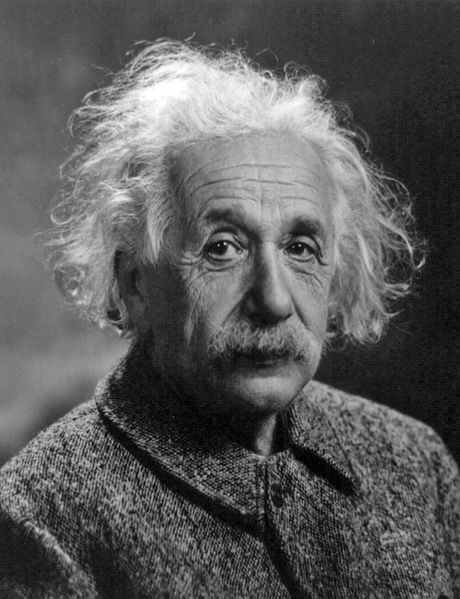Mystery of Einstein's Intelligence Decoded: Well-connected Right and Left Brains

Scientists have found a clue to unravelling the mystery of extraordinary intelligence of Albert Einstein, who was arguably the greatest physicist in the twentieth century.
A latest study published in the 24 September issue of the journal Brain claims that the unusually well-connected right and the left hemispheres of Einstein's brain may have contributed to his intelligence.
The study was conducted by researchers at the East China Normal University in Shanghai and three other institutions in the USA, including School for Advanced Research in Santa Fe, Washington University School of Medicine in St Louis and the Florida State University.
The researchers compared the high-resolution photographs of the inside surfaces of the two halves of Einstein's brain with those of two samples — one of 15 elderly men and one of 52 men of Einstein's age in 1905.
The methodology helped researchers study the internal connectivity of the brain of Nobel Prize-winning physicist. They also found that Einstein had more extensive connections between certain parts of his brains compared to both younger and older study groups.
According to researchers, the study is the first to "detail Einstein's corpus callosum, the brain's largest bundle of fibers that connects the two cerebral hemispheres and facilitates interhemispheric communication."
"This study, more than any other to date, really gets at the 'inside' of Einstein's brain. It provides new information that helps make sense of what is known about the surface of Einstein's brain," Florida State University anthropologist and a member of the research team, Dean Falk, said in a statement.
Einstein's brain was removed from his body by Dr Thomas Harvey for study during an autopsy upon his death on 18 April, 1955. And since then, his brain has been a subject of research to understand his intelligence and genius. Harvey dissected the brain into approximately 170 parts and produced microscope slides of various parts.
Last year, Chicago-based National Museum of Health and Medicine digitised some of these brain slides and made them accessible to the mass by converting them as an Apple iPad application.
© Copyright IBTimes 2025. All rights reserved.






















